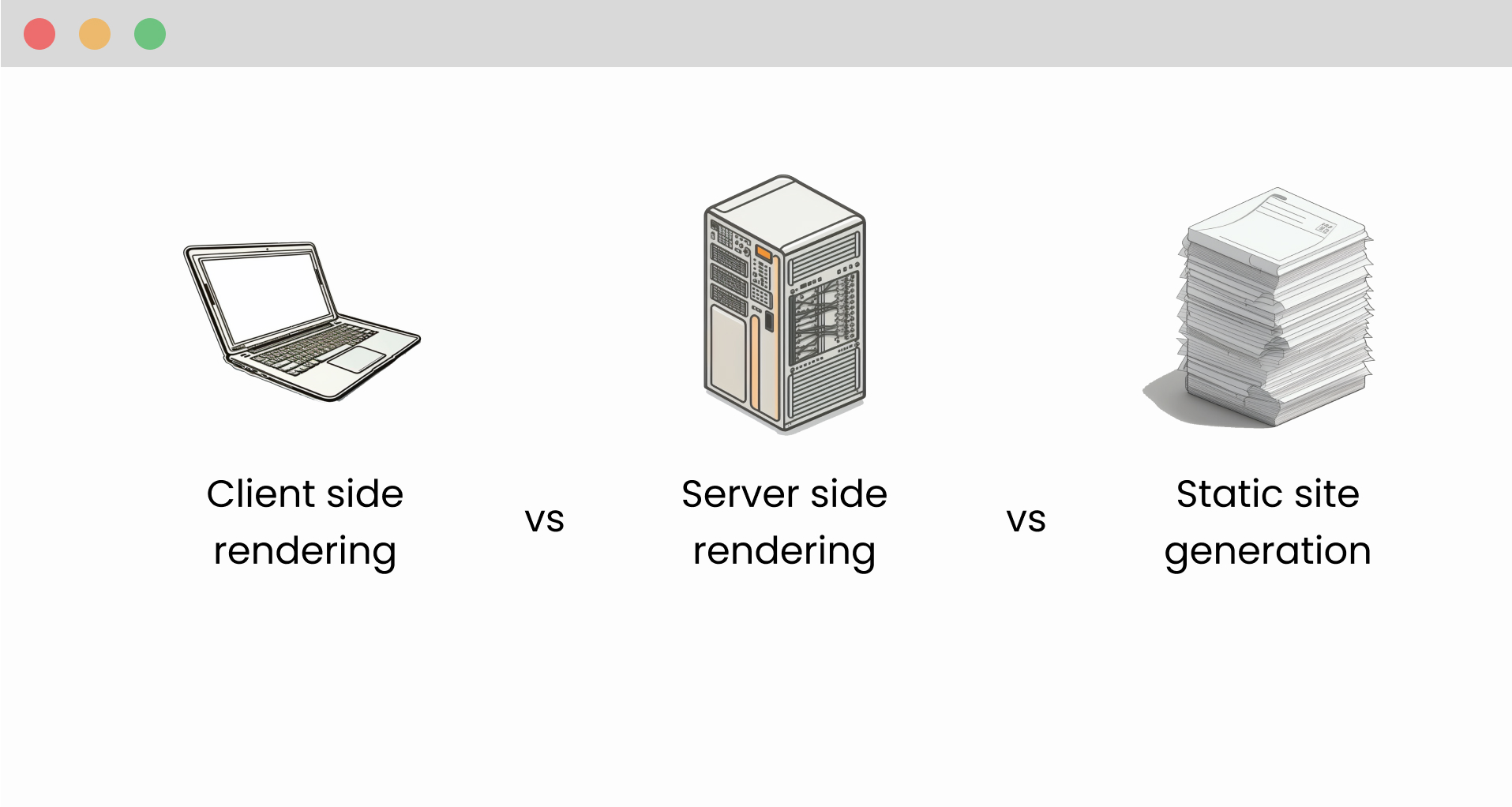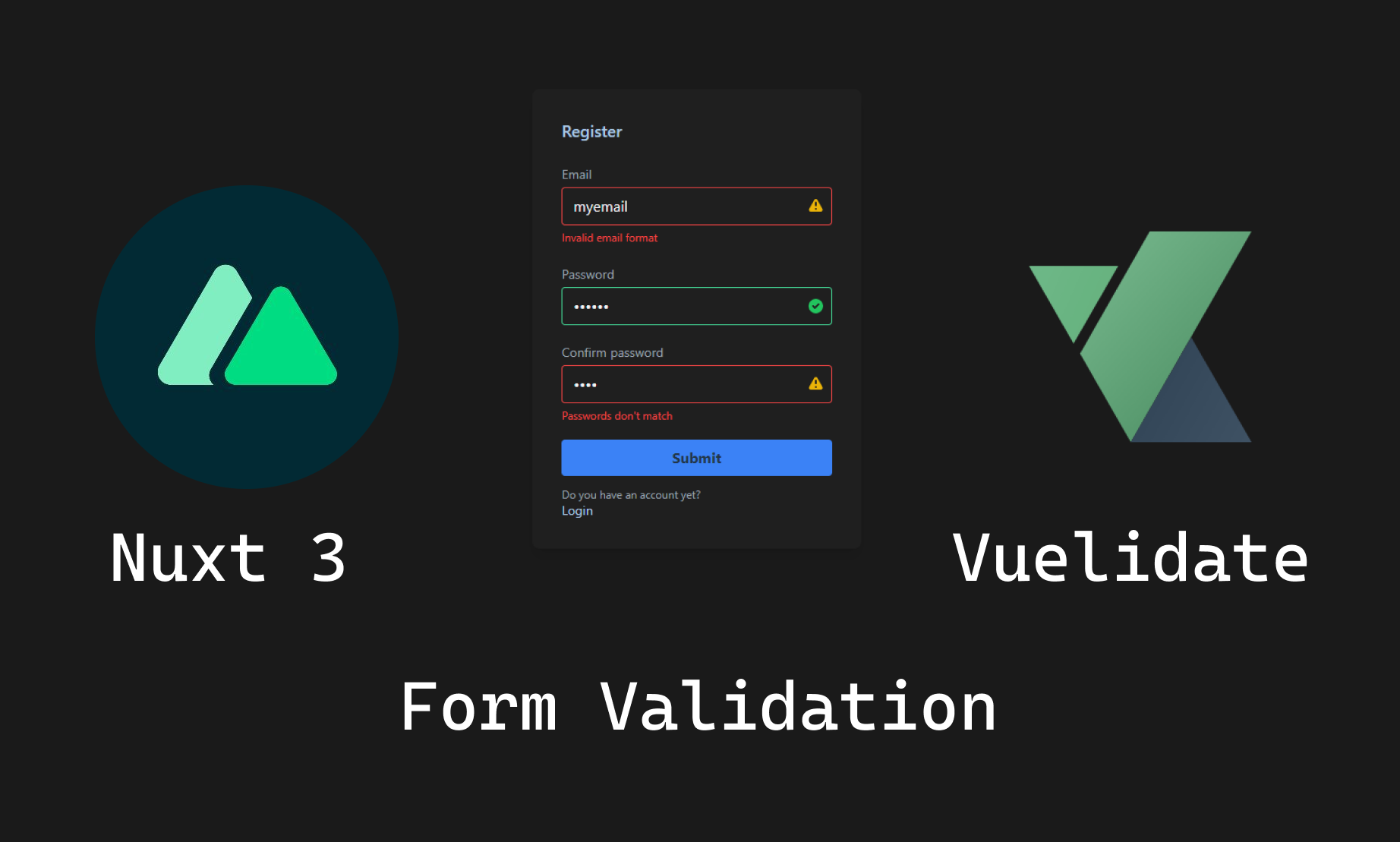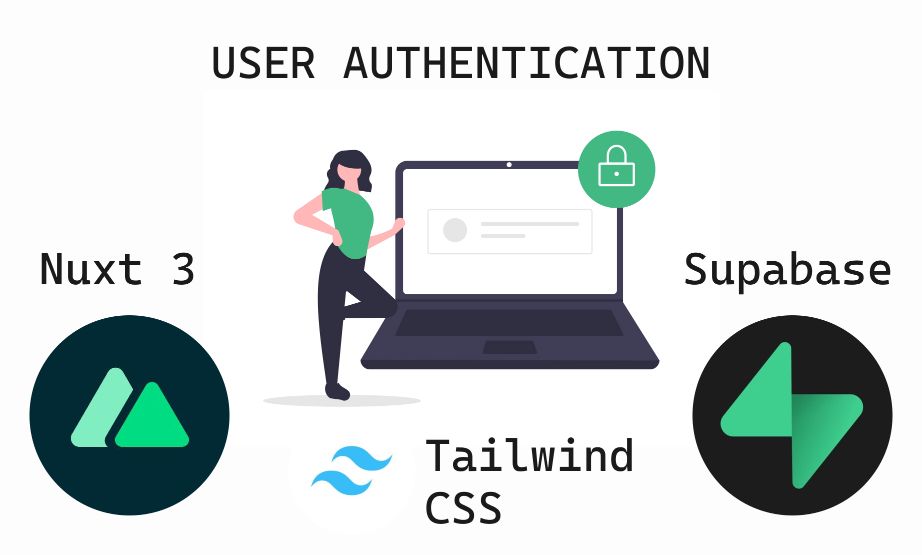
What are the differences between client side rendering, server side rendering and static site generation
There are several ways to deliver content to users on the web, and each method has its own set of benefits and drawbacks. In this post, we'll explore the differences between client-side rendering, server-side rendering, and static site generation, and help you understand which approach might be the best fit for your project.
Client-Side Rendering
Client-side rendering, also known as "dynamic rendering" refers to the process of rendering web pages on the client-side, or in the user's web browser. This is the most common method of rendering content on the web, and it is used by most websites and web applications.
In client-side rendering, the browser sends a request to the server for a webpage, and the server responds with an HTML file that includes a reference to a JavaScript file. The browser then loads the JavaScript file, which is responsible for rendering the content of the page. This means that the content of the page is not actually present in the HTML file that is initially sent by the server. Instead, it is generated by the JavaScript code that runs in the browser.
Advantages of client-side rendering
One advantage of client-side rendering is that it allows for a more interactive and dynamic user experience. Because the content is generated on the client-side, it can be easily updated and changed in real-time without the need to reload the page. This can be especially useful for web applications that need to display frequently updating data, such as social media feeds or real-time stock tickers.
Client-side rendering drawbacks
However, client-side rendering also has some drawbacks. Because the content is generated by JavaScript, it can take longer for the page to load, as the browser has to download and execute the JavaScript code before it can display the content. This can lead to slower page load times, which can be frustrating for users and may negatively impact search engine rankings. Additionally, because the content is not present in the initial HTML file, it is not visible to search engines, which can make it more difficult for the page to be indexed and rank well in search results.
Server-Side Rendering
Server-side rendering (SSR) is a method of rendering web pages in which the server generates the full HTML for a page and sends it to the client as a complete document. This approach to rendering has been the traditional way of building web pages since the early days of the web and is still widely used today.
Benefits of server-side rendering
One of the primary benefits of server-side rendering is improved search engine optimization (SEO). Since search engines rely on server-side rendering to crawl and index web pages, SSR can help ensure that your content is fully discoverable and easily indexed. Additionally, SSR can help improve the accessibility and performance of your site, especially for users with slower internet connections or less powerful devices.
Another advantage of server-side rendering is that it can provide a more consistent user experience across different devices and browsers. By generating the full HTML on the server, developers can ensure that the content is rendered consistently across different platforms and devices, without relying on client-side processing or browser-specific code.
Disadvantages of server-side rendering
However, there are also several drawbacks to server-side rendering. One of the main challenges is that it can result in slower load times for the initial page load, especially for more complex web applications. Additionally, SSR can be more difficult to implement than client-side rendering, especially for large or complex applications that require a lot of server-side processing.
Another issue with SSR is that it can be less flexible and customizable than client-side rendering. Since the full HTML is generated on the server, it can be more difficult to create highly dynamic or interactive user interfaces that rely heavily on client-side processing and JavaScript.
Static Site Generation
Static site generation (SSG) is a method of building websites in which the content is pre-rendered and served as static files, rather than being generated dynamically on the server. This approach to web development has gained popularity in recent years due to its simplicity, security, and performance benefits.
Advantages of static site generation
One of the primary advantages of static site generation is speed. Since the content is pre-built and served as static files, there is no need for server-side processing or database interactions, resulting in faster load times and improved performance. Additionally, static sites are often more secure than dynamic sites, since there is no server-side processing or database interaction that can be vulnerable to attack.
Another benefit of SSG is ease of deployment and scalability. Since the content is pre-built and served as static files, it is easy to deploy to a variety of hosting platforms and scale to meet the needs of a growing user base.
Disadvantages of static site generation
However, there are also some drawbacks to static site generation. One of the main challenges is that it can be more difficult to create highly dynamic or interactive web applications that require real-time processing or user interactions. Additionally, SSG may not be suitable for applications that require frequent updates or content changes.
Another potential issue with SSG is that it may require more technical expertise to set up and maintain than other web development approaches. Developers need to be proficient in tools and workflows such as version control, automated testing, and continuous integration and deployment.
Conclusion
In conclusion, when deciding between client-side rendering, server-side rendering, and static site generation for your next project, it's important to consider the specific needs and requirements of your application.
Client-side rendering can provide a highly dynamic and interactive user experience, but may be slower to load and less optimized for search engines. Server-side rendering can improve SEO, accessibility, and consistency across different devices and browsers, but may be slower to load and more difficult to implement. Static site generation can provide significant speed, security, and scalability benefits, but may not be suitable for highly dynamic or interactive applications.
Ultimately, the choice between these different rendering approaches will depend on factors such as the size and complexity of your application, the level of interactivity and real-time processing required, and your overall development and hosting resources.
When choosing which approach to use, it's important to consider not only the immediate needs of your project, but also its long-term scalability and maintenance requirements. By carefully weighing the pros and cons of each approach and selecting the one that best meets the needs of your application and its users, you can ensure a successful and sustainable project that delivers an exceptional user experience.
Related posts

How to add form validation to your Nuxt 3 application
When it comes to form validation I think it is better if we handle it on our own with custom validations and error messages. In this post, we will see how to create custom form validations with vuelidate an open source library create for this.
#frontend
How to setup user authentication with Nuxt 3, Supabase and Tailwind CSS
Add authentication to your Nuxt 3 application easyly with Supabase and restrict access to logged in users only
#frontend
How to setup Nuxt 3 with Tailwind CSS, Pinia and Supabase
Learn how to create a boilerplate project in order to start your next project faster
#frontend